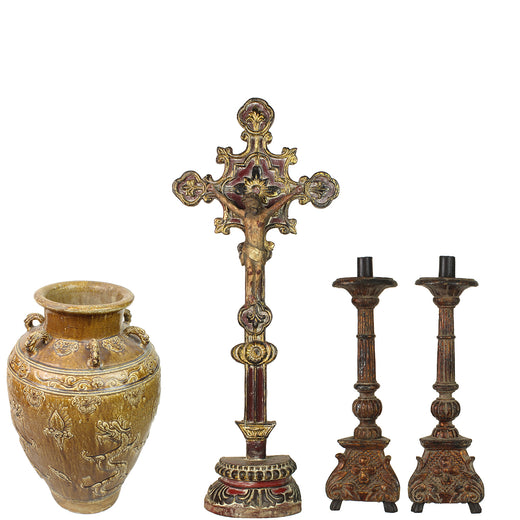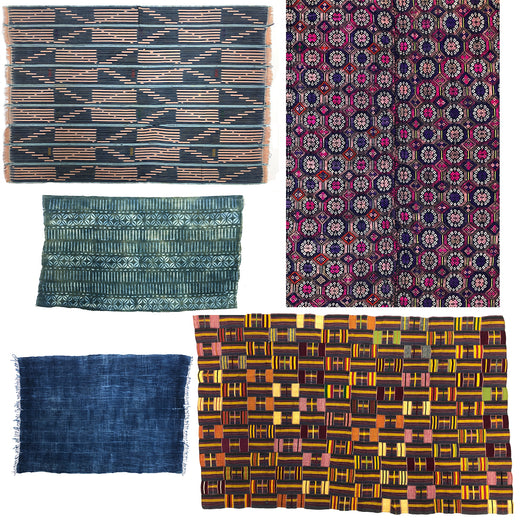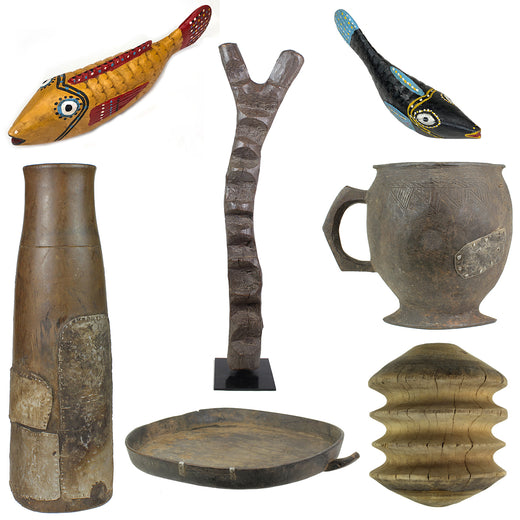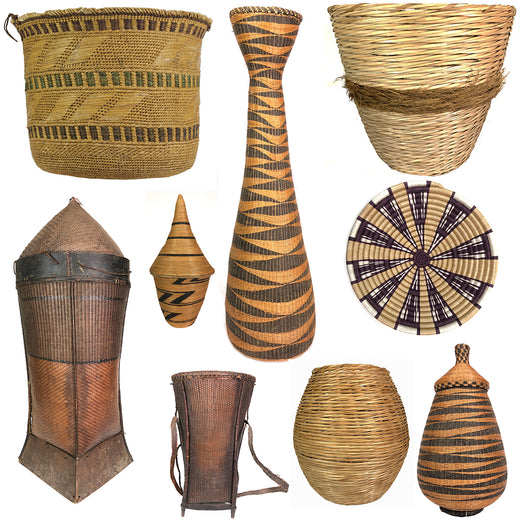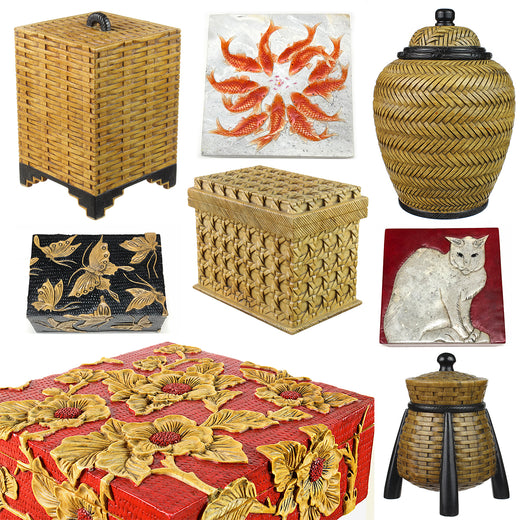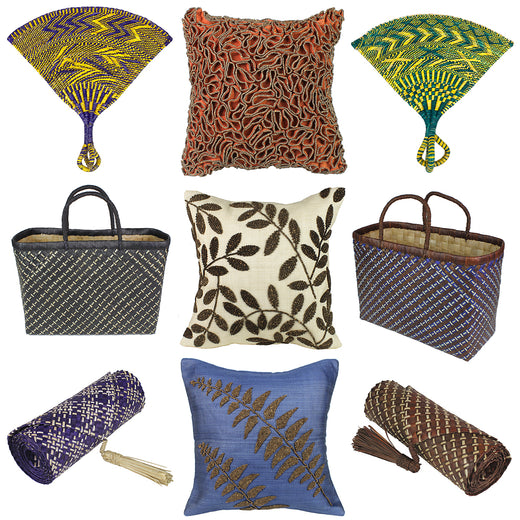Asante Stool - Rare Design and Detail
$4,599.00
This stool was probably made as one of a pair, together with item ASP-1.1 on this site. Clearly they were both carved by the same hand, as is said, meaning by the same person. Although they can be purchased as a pair we also sell them separately. We are unable to determine their age but we estimate that they are between 50 and 100 years old. Both are in excellent condition, having been well cared for by their owners who clearly prized their possession highly.
Akan Peoples, including the Asante, do not carve ancestor figures. Instead, the stool upon which a person habitually sits is believed to become imbued with his spirit over time and use, and, if the stool owner is a royal, clan or family head, becomes a means of contacting his spirit after his death.
Stools are carved from one piece of sese wood, carved green and unseasoned. A ruler’s stool may be larger and have a highly decorated support connecting the flat rectangular base and crescentic seat, as do these two “double decker” stools. This type of stool, with one animal or even a scene with many human figures on top of another animal or scene with multiple figures appears at least as far back as 1874 in Asante art. The theme is loosely called “someone sits on someone else in life”, meaning that social ranks are not equal: a ruler has more power than the common man. For this reason, “double decker” stools have traditionally been used by rulers.
These stools feature animals and birds. Both have crocodiles, a well-known power symbol, as the lower figure. In the interest of symmetry, the crocodile on this stool has a head at each end. Above the “double-headed” crocodile is a chameleon, which is associated with slow, steady but sure progress toward an objective—a good quality for a ruler to have. This stool thus comments upon both power and perseverance of its owner, but values perseverance over sheer power.
We are grateful to Dr. Martha J. Ehrlich, Professor Emerita of Art History, Southern Illinois University at Edwardsville (SIUE), for providing this very valuable explanation.


